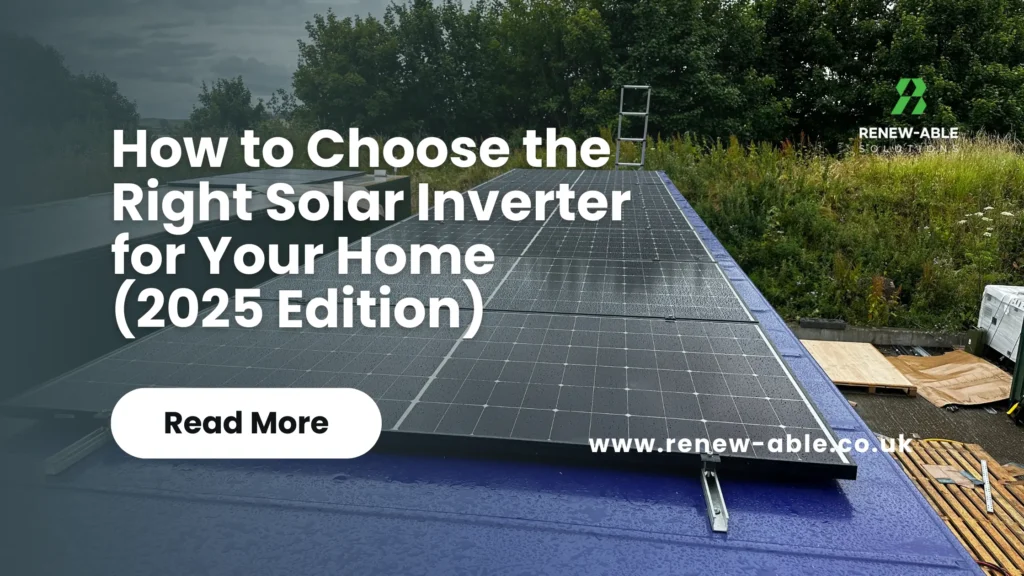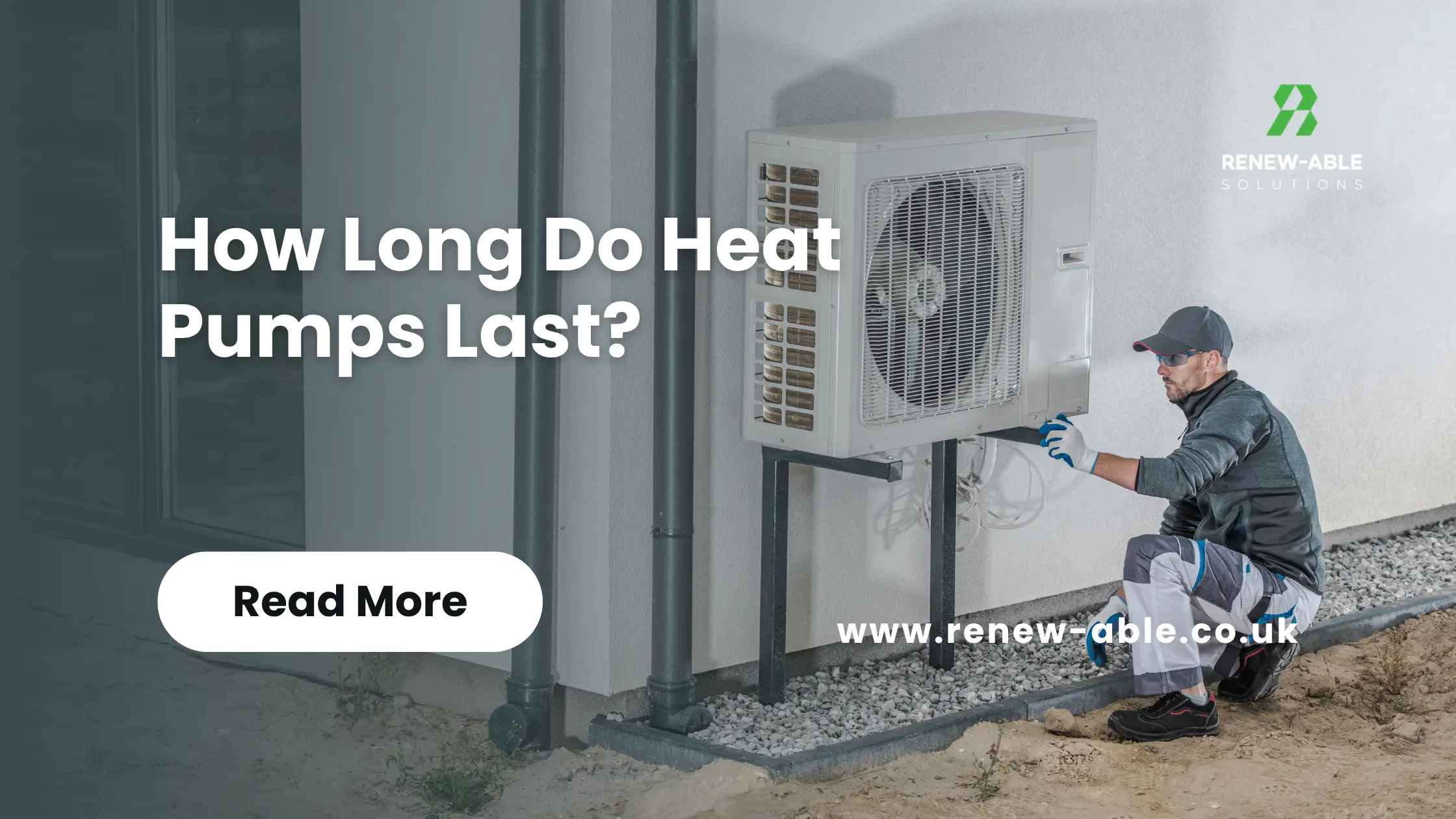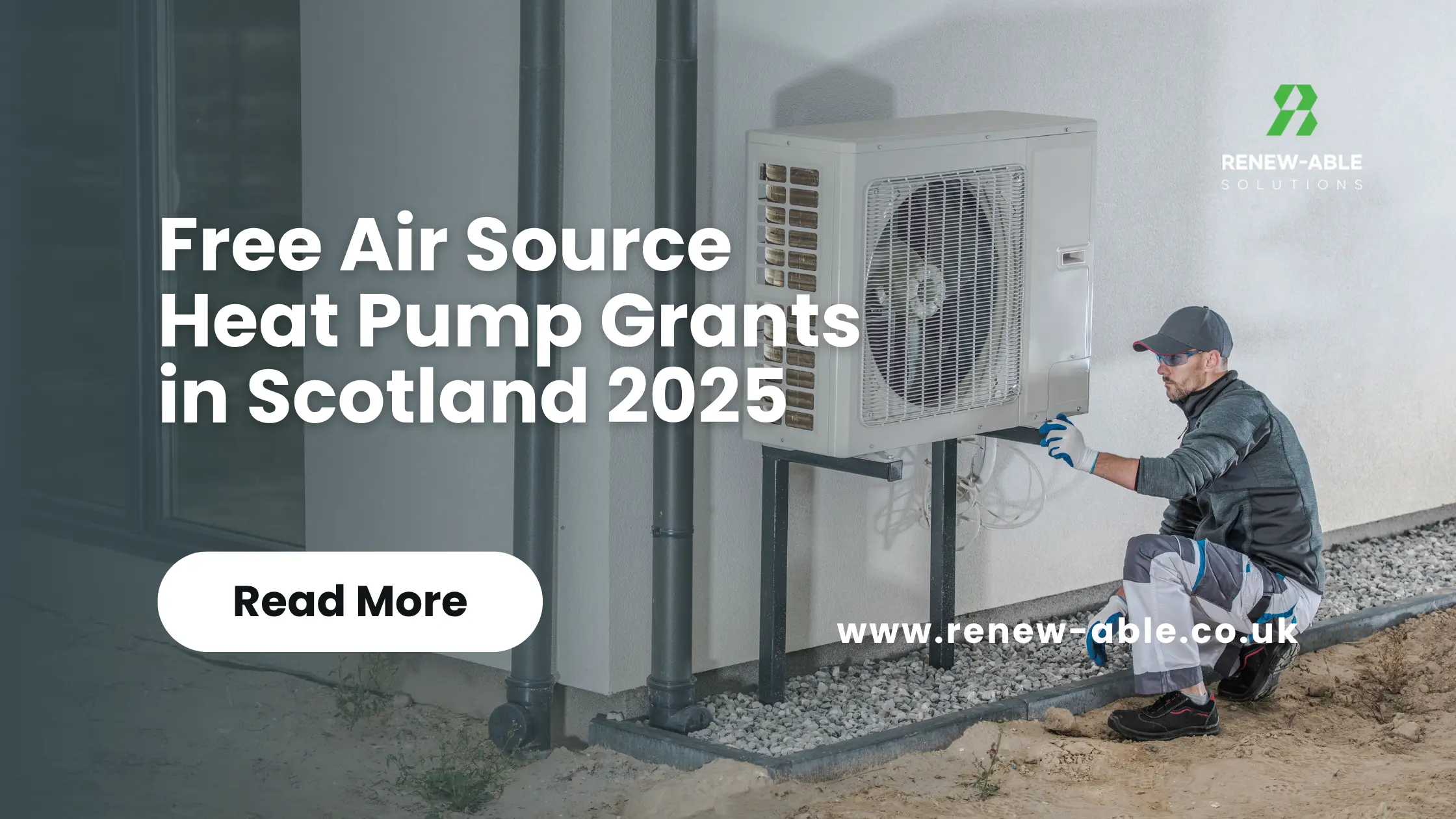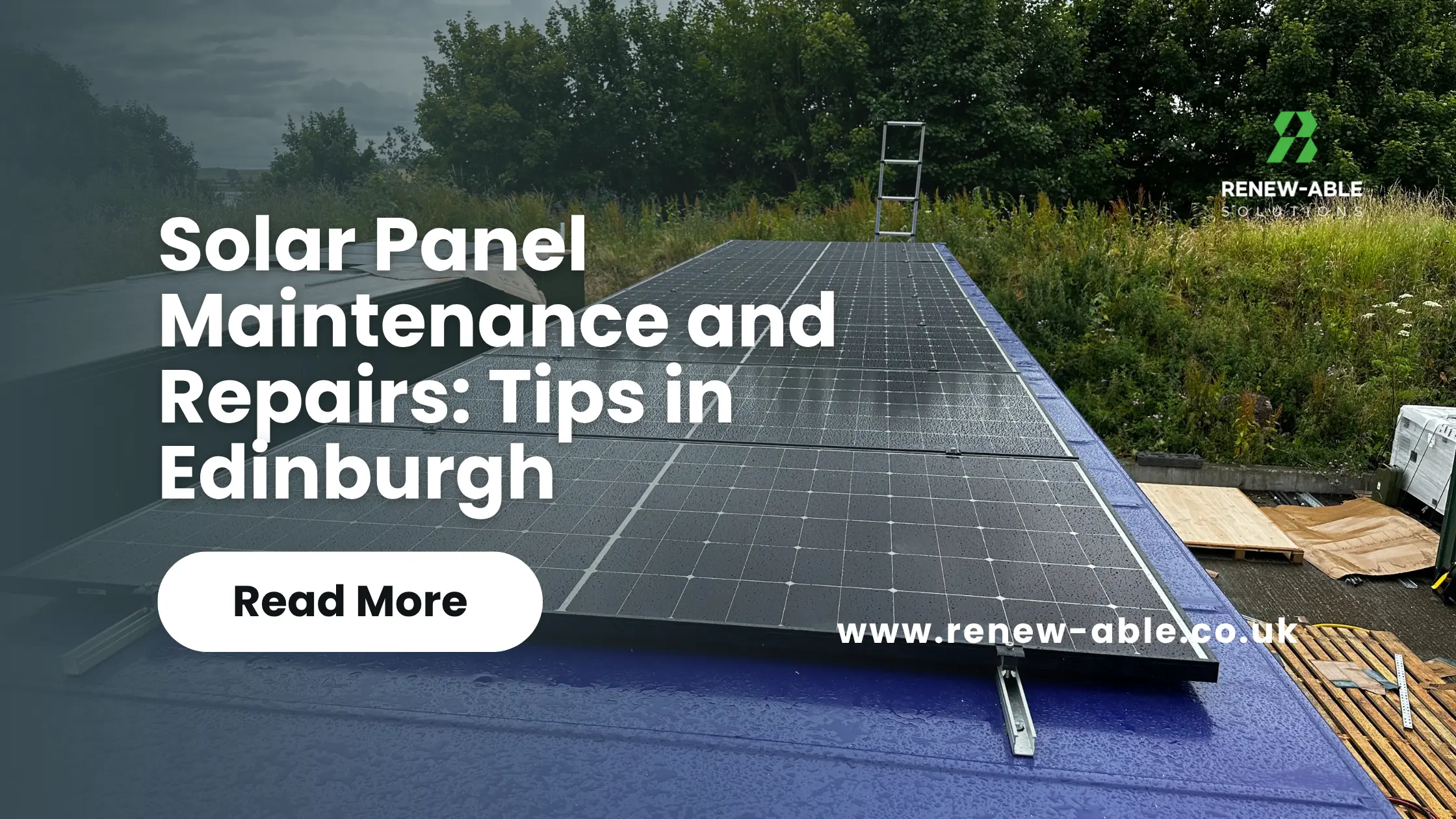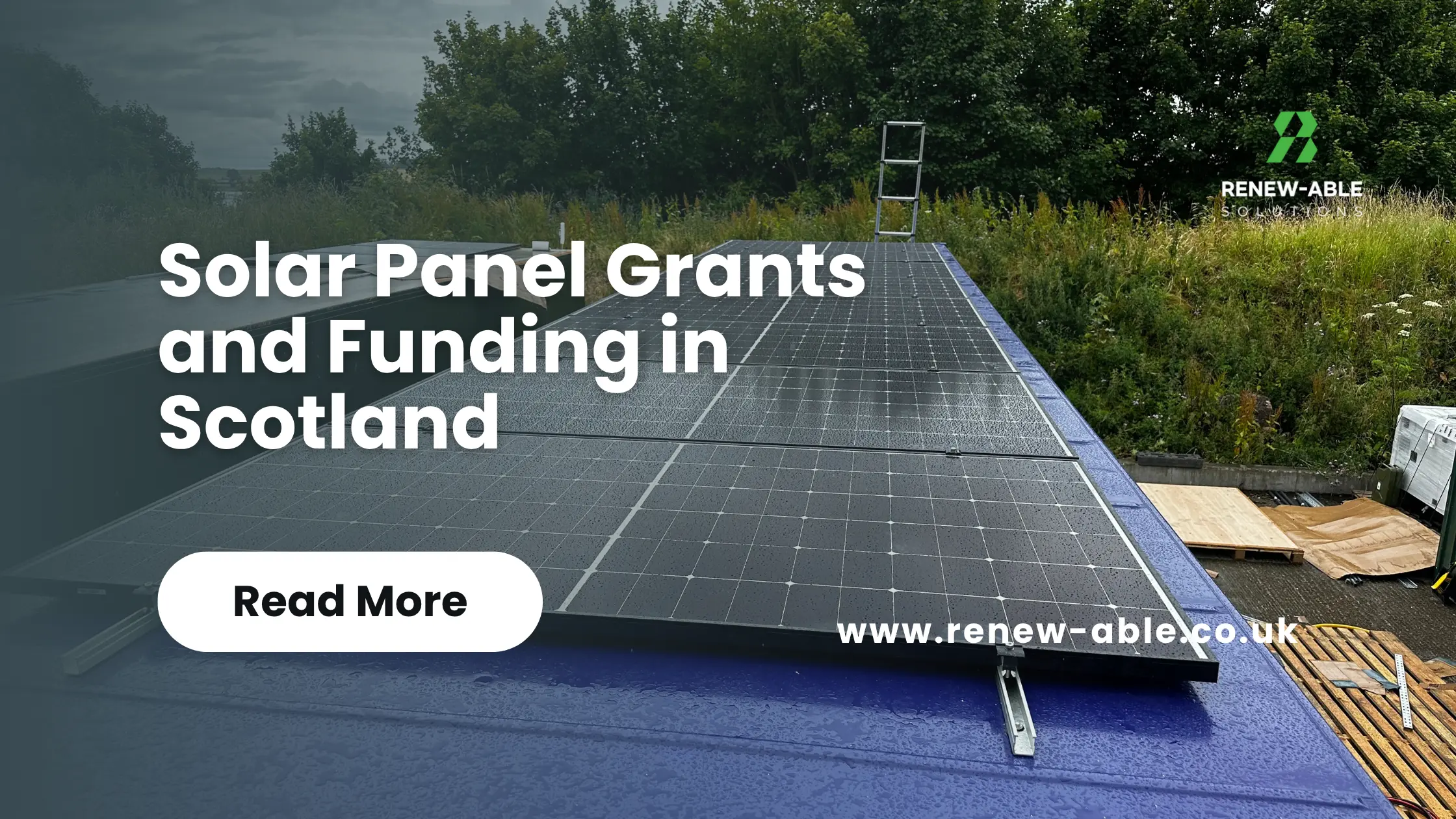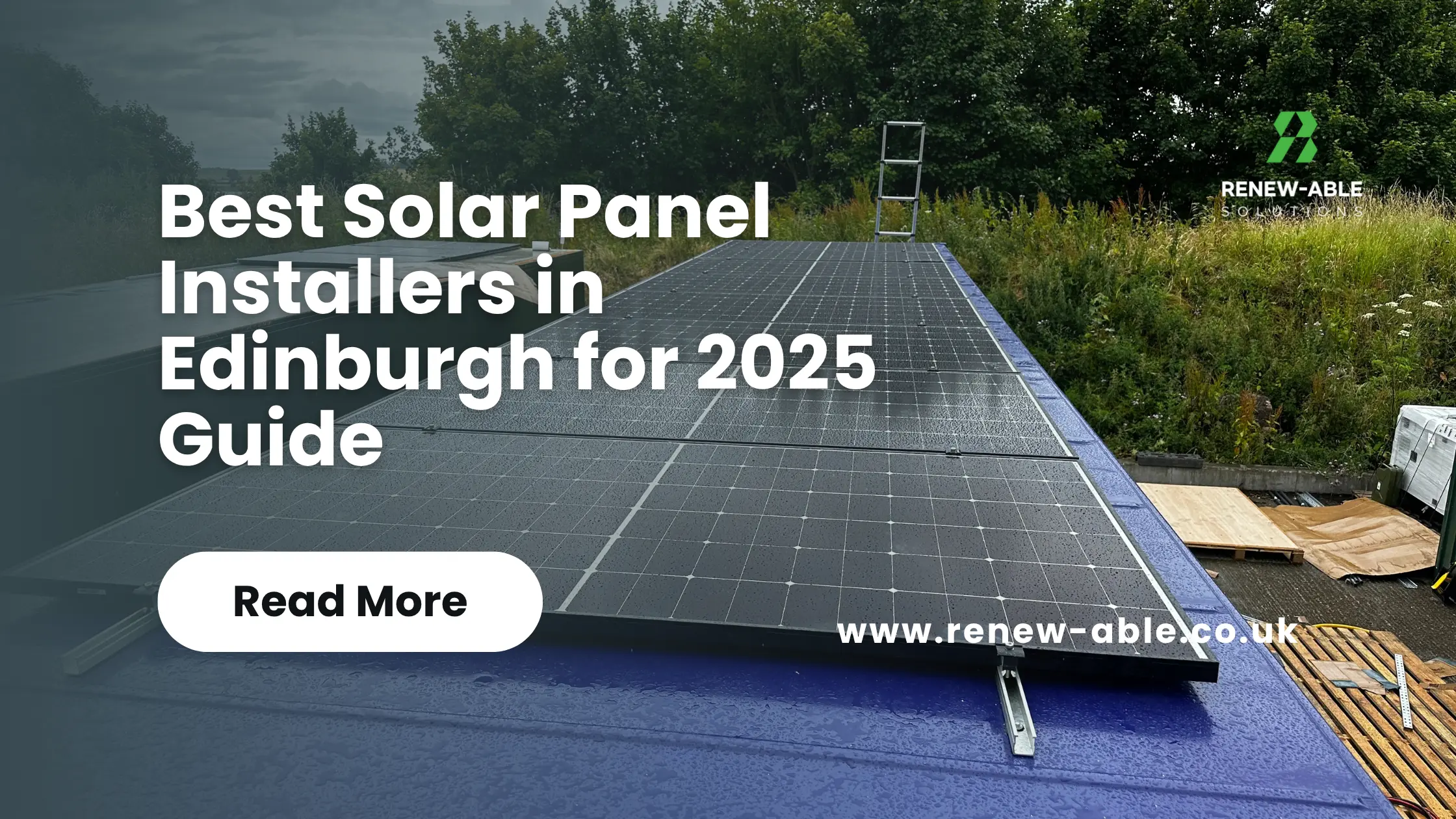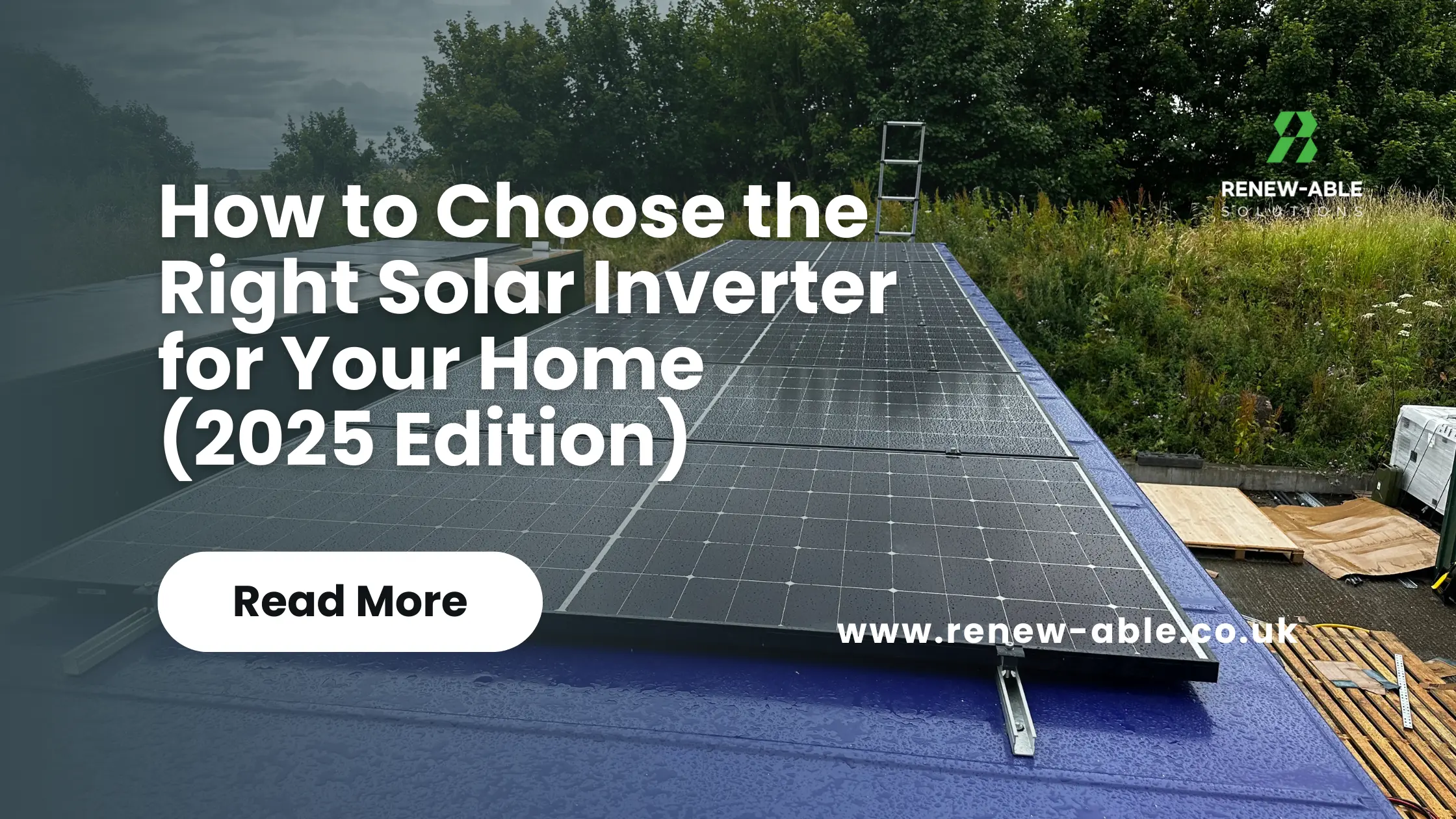How to Choose the Right Solar Inverter for Your Home (2025 Edition)
People are realising the value of investing in a reliable solar inverter for their home, after all, it is an important component of your solar PV system. However, choosing the right solar inverter for your home in 2025 is challenging! Sometimes, with so many good options in the market, you forget to look beyond the marketing and focus on what truly matters: long-term performance, compatibility with your existing setup, efficiency under different conditions, and after-sales support.
So, we are here to help you select a solar inverter that ensures long-term performance, compatibility, and value for your investment.
What Is a Solar Inverter and Why Is It Important?
A solar inverter is the basic device for your solar system because it can convert the direct current (DC) generated by your solar panels into usable alternating current (AC) for your home. It is just like the brain of your solar PV system, as it can manage energy conversion, monitor system performance, and ensure safety.
Why Is Choosing the Right Inverter Essential?
The reason is obvious: if you want to maximise solar panel efficiency, ensure compatibility with the UK grid, get smart monitoring, and improve long-term durability and performance.
Factors to Consider When Choosing a Solar Inverter for Your Home
Consider the following factors if you want to choose the right and compatible solar inverter for your home!
System Size and Compatibility
Keep in mind that the capacity of your solar inverter should align with the total wattage of your solar panels. If you go for the oversized or undersized inverters, they can reduce system efficiency and even cause damage.
For example, a 5 kw inverter may be suitable for a 5 kw solar system, but a 6 kw inverter may cause overloading if you only have 5 kw of panels.
Cost Consideration
- Smaller systems around 3 kw need an inverter that costs around £500-£1000.
- Larger systems of 6-10 kw generally cost between £1,000 and £2,000, depending on the inverter type.
Efficiency Rating
An inverter’s efficiency directly impacts the energy quantity generated by your solar panels, which is converted into usable electricity. Inverters with higher efficiency rates (up to 98%) are generally more expensive because they can reduce energy loss, and in the UK weather, with its intermittent cloud cover, can reduce system output. So, choosing an efficient inverter is necessary to maximise energy capture.
Cost Consideration
- Higher-efficiency inverters will generally cost around £1,200 to £2,500.
- Standard inverters with lower efficiency tend to cost between £600 and £1,200.
Type of Inverter
There are many types of solar inverters available in the market with different features, benefits and conditions.
- String Inverters are the budgeted option for systems without shading issues. They are connected to a string of panels and are ideal for simple installations.
- Microinverters are more expensive but are perfect for homes with shading or roof layouts that don’t get consistent sunlight. They are attached to each panel separately, so they work independently. Also, check the difference between micro inverters and DC optimisers.
- Hybrid Inverters allow for battery integration, which is ideal if you plan to add battery storage in the future.
Cost Consideration
- String inverters usually cost £500-£1,200 for a system up to 5 kw.
- Microinverters cost £150-£300 per unit, with an overall system cost of £1,500-£2,500.
- Hybrid inverters generally range from £1,500 to £3,000, and it depends on the system size and brand.
Monitoring and Smart Features
Modern inverters usually come with remote monitoring options, which are beneficial for homeowners to track energy production and system health via an app or web portal. The monitoring features can include real-time energy data, alert systems, and troubleshooting diagnostics.
The monitoring feature comes standard with most mid to high-range inverters. In some cases, you may need to pay an additional £100-£200 for devices with advanced tracking features.
Grid Compliance and Export Limitation
In the UK, solar systems have to follow certain grid compliance standards (such as G98 and G99) set by the Distribution Network Operators (DNO). This ensures that your inverter can safely connect to the UK grid without issues.
Plus, with the Smart Export Guarantee (SEG), homeowners can export excess solar energy back to the grid. So, your inverter must be compliant with UK grid regulations to avoid fines. Plus, keep in mind that export limitation ensures that only the amount of electricity allowed by the grid can be exported.
Cost Consideration
- Inverters that support export limitation and grid compliance may cost an additional £100-£300 for certain features.
- Hybrid inverters usually come with integrated export control options.
Battery Compatibility and Future-Proofing
If you plan to add a battery storage system, it is important to choose an inverter that is compatible with your chosen battery. Hybrid inverters usually integrate with storage systems and can provide AC coupling for battery systems, and also offer flexibility for future upgrades.
Brand Reputation and Customer Support
Always choose reputable solar inverter brands that offer reliable products backed by solid customer support. Never forget to read the user reviews, expert opinions, and the warranty and support offerings when selecting a brand. Plus, make sure to get the reliable Solar PV installation service because only professionals know their job best.
Warranty and Lifespan
Go for an inverter that offers a warranty for 5 to 25 years, as most inverters offer an average of 10 years, but higher-end brands offer warranties up to 20-25 years. The purpose of a lasting warranty is peace of mind and protection against premature failure.
Also, keep in mind that the solar inverters with longer warranties have higher upfront costs. Expect to pay £1,500 to £2,500 for inverters with extended warranties.
Top Solar Inverter Brands in the UK (2025)
Here are some of the most trusted and widely available inverter brands in the UK:
| Brand | Type Supported | Warranty | Country of Origin |
| SolarEdge | String + Optimisers | 12-25 yrs | Israel |
| SMA | String + Hybrid | 5-10 yrs | Germany |
| Fronius | String + Hybrid | 10-20 yrs | Austria |
| Enphase | Microinverters | 10-25 yrs | USA |
| Huawei | Hybrid + Optimisers | 10 yrs | China |
| GivEnergy | Hybrid (UK-based) | 10-12 yrs | United Kingdom |
Installation Tips and Professional Advice
- You should hire a certified MCS installer like www.renew-able.co.uk to ensure compliance with UK regulations and eligibility for SEG.
- Ask for inverter-specific advice during the site survey.
- Request a monitoring app demo before finalising your purchase.
FAQs
What is the most reliable type of inverter for UK homes?
For most homeowners, a string inverter or a hybrid inverter offers the best balance of performance and cost. If shading is an issue, consider micro inverters or optimisers.
Can I add a battery to my existing solar inverter?
Yes, you can only if your current inverter is hybrid-ready or compatible with battery inverters. Otherwise, you need to upgrade.
What is the average cost of a solar inverter in the UK?
In 2025, costs vary from:
- £500–£1,200 for string inverters
- £1,200–£2,500 for hybrid inverters
- £150–£300 per microinverter
Final Words
As a homeowner, choosing the best solar inverter in the UK will not be a problem anymore if you understand the above-mentioned considerations. Just keep in mind, only the right inverter can enhance your system’s efficiency, flexibility, and long-term savings.
